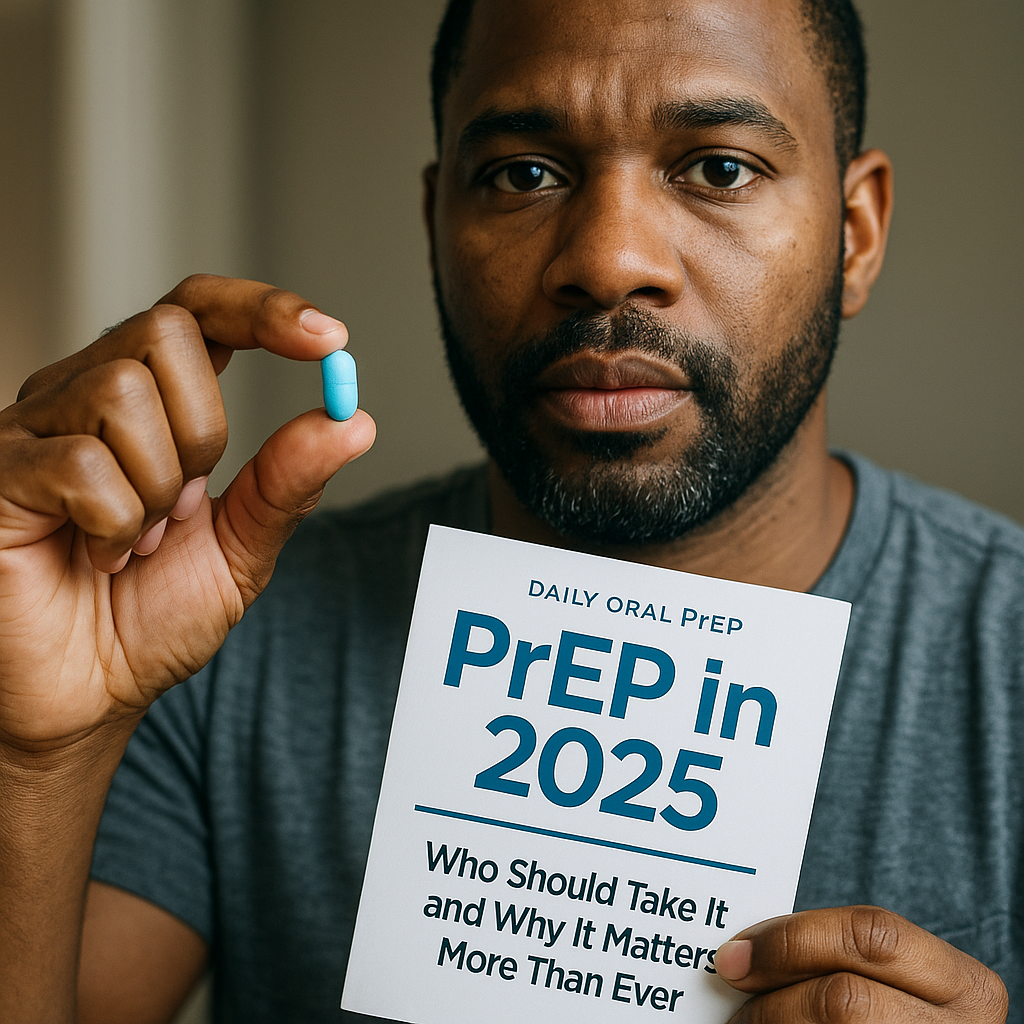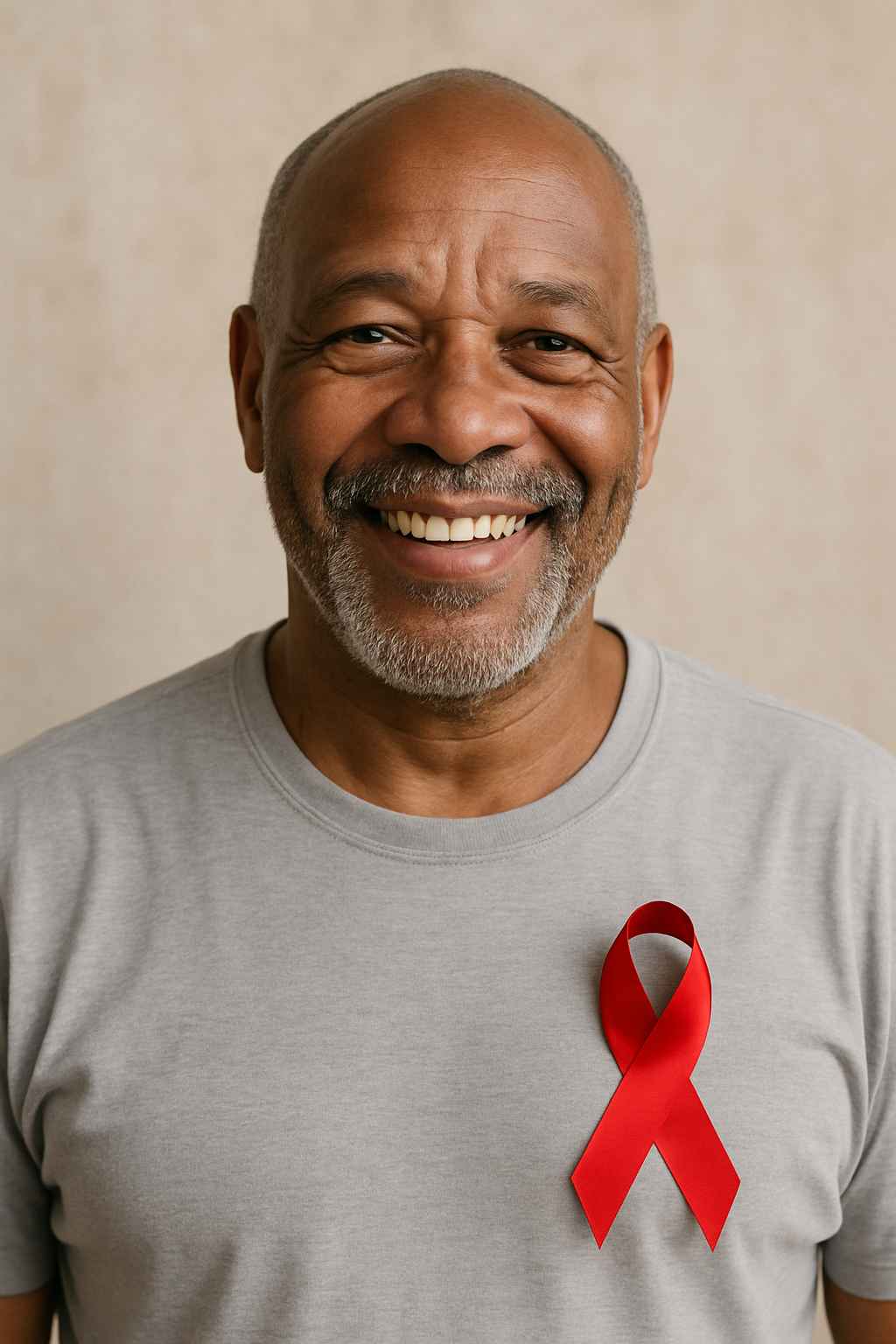
HIV Anxiety is a growing concern in today’s healthcare conversations. For many, the fear of contracting HIV or receiving a positive diagnosis creates emotional distress that can be as debilitating as the illness itself. But what if this anxiety also presented an opportunity? When approached thoughtfully, HIV anxiety can become a catalyst for learning, empowerment, and public health awareness.
Table of Contents
- What Is HIV Anxiety?
- Psychological and Social Triggers
- Turning Fear Into Awareness
- Education as a Tool for Mental and Public Health
- Conclusion
- FAQs
What Is HIV Anxiety?
HIV anxiety refers to the intense fear or worry about contracting or living with HIV. It’s more than everyday concern—it can manifest in physical symptoms like chest tightness, excessive worry, insomnia, and panic attacks. Some people obsessively seek testing despite low-risk behaviors, while others may avoid relationships entirely for fear of exposure.
Interestingly, HIV anxiety doesn’t only affect those at high risk. It’s common among individuals with minimal risk factors but a heightened sense of vulnerability due to misinformation or stigma. In this context, it becomes a mental health issue that demands serious attention.
While HIV anxiety is not a diagnosis found in the DSM-5, it closely mimics generalized anxiety and health-related phobias. This type of distress can be chronic, deeply affecting daily life, relationships, and overall well-being.
Psychological and Social Triggers
The roots of HIV anxiety are multifaceted. On one hand, historical narratives around the AIDS crisis have left an indelible mark on public consciousness. Stories of loss, misinformation, and fear from the 1980s still influence how people perceive the virus today. On the other hand, modern triggers such as dating app disclosures, social stigma, and even casual conversations about PrEP and HIV status can provoke fear.
Social media and pop culture also contribute. For example, dramatized portrayals of HIV-positive characters in media often emphasize suffering over survival. This can reinforce stereotypes and increase anxiety for those trying to make informed decisions about their sexual health.
Another key factor is the lack of comprehensive sex education. Many people never receive accurate information about HIV transmission, testing, and treatment. This gap allows fear to thrive, especially when symptoms like a sore throat or rash are immediately associated with HIV in a Google search.
Turning Fear Into Awareness
Although the emotional weight of HIV anxiety can be overwhelming, it can also spark important conversations. Fear often comes from the unknown; therefore, turning anxiety into an opportunity for education can benefit individuals and communities alike.
For example, anxiety can motivate people to seek regular HIV testing. This, in turn, normalizes testing and promotes sexual health responsibility. Clinics and healthcare providers can harness this energy by creating judgment-free zones where patients feel safe to ask questions.
Educational campaigns that directly address HIV anxiety can also demystify the virus. By presenting facts—such as the effectiveness of modern treatments, the realities of undetectable = untransmittable (U=U), and the availability of preventive measures like PrEP—communities can counteract stigma with knowledge.
Healthcare professionals and advocates must recognize the emotional dimension of HIV prevention. Mental health support, especially for those dealing with health-related anxiety, should be integrated into HIV outreach and care. This intersectional approach ensures a more inclusive and effective strategy.
Education as a Tool for Mental and Public Health
Public health organizations, educators, and healthcare providers are uniquely positioned to transform HIV anxiety into a learning opportunity. Comprehensive sexual health education that includes current facts about HIV prevention, transmission, and treatment is crucial. This not only dispels myths but also reduces fear-based behaviors.
Moreover, targeted educational initiatives can reach high-anxiety populations. For instance, offering workshops or webinars for college students, LGBTQ+ communities, and people of color—who are often more vulnerable to both infection and stigma—can close the gap between fear and fact.
Digital platforms also hold promise. Social media campaigns, podcasts, and blogs that share real stories and accurate data can shift the narrative around HIV. Collaborating with influencers and public figures who speak openly about HIV can further normalize the conversation.
To support both physical and mental health, providers should offer referrals to resources like Healthcare.pro, where individuals can seek professional advice without judgment. Additionally, readers can learn more about our mission at AIDS.org FAQs.
Educational interventions should be trauma-informed and culturally sensitive. Only then can they truly reduce the burden of HIV anxiety and empower individuals to make informed, confident decisions about their health.
For more articles and educational content, visit AIDS.org Blog.
Conclusion
HIV anxiety is more than a mental hurdle—it’s a public health signal. When individuals express concern about HIV, they are often reaching out for information, reassurance, and connection. Instead of dismissing this fear, we should harness it to foster awareness and promote education.
By addressing both the psychological and educational needs surrounding HIV, we create a more informed, compassionate, and healthier society. The road ahead lies not in fear but in understanding—and every anxious question is a chance to answer with facts and hope.
FAQs
What causes HIV anxiety in people at low risk?
Often, it’s a mix of misinformation, social stigma, and lack of education. Even people with low risk may obsess over rare symptoms if they lack clear knowledge.
Can HIV anxiety lead to physical symptoms?
Yes. Symptoms like fatigue, insomnia, or chest tightness may occur due to chronic stress and health-related worry.
Is HIV anxiety common in people who test negative?
Absolutely. Some people continue to feel anxious even after repeated negative tests due to underlying anxiety disorders or trauma.
How can someone manage HIV anxiety?
Consulting with a mental health professional, staying informed through credible sources, and practicing mindfulness can help.
Can education reduce HIV anxiety?
Yes. Learning the facts about transmission, prevention, and treatment can significantly reduce fear and promote confidence.
Disclaimer
“This content is not medical advice. For any health issues, always consult a healthcare professional. In an emergency, call 911 or your local emergency services.”



